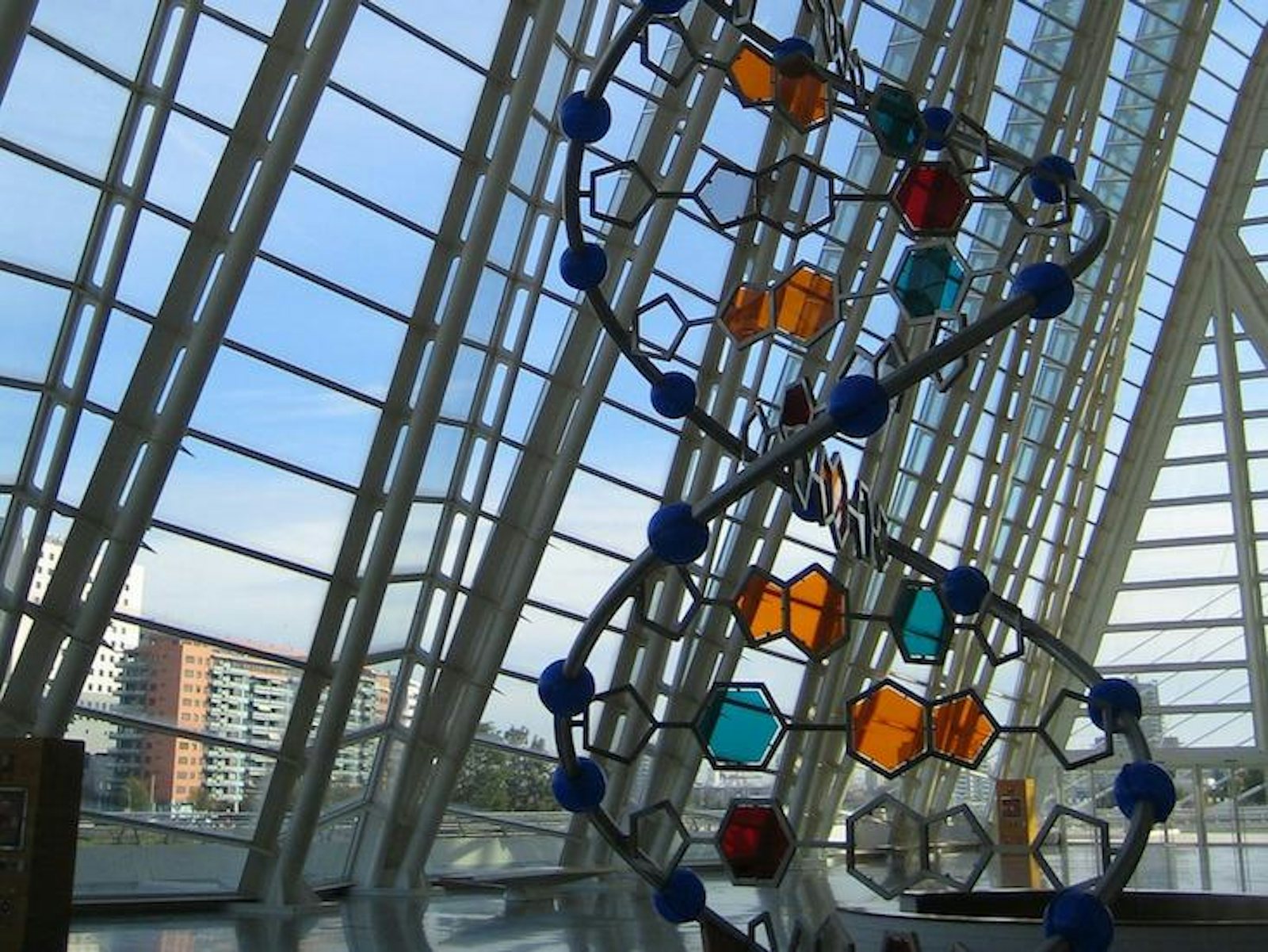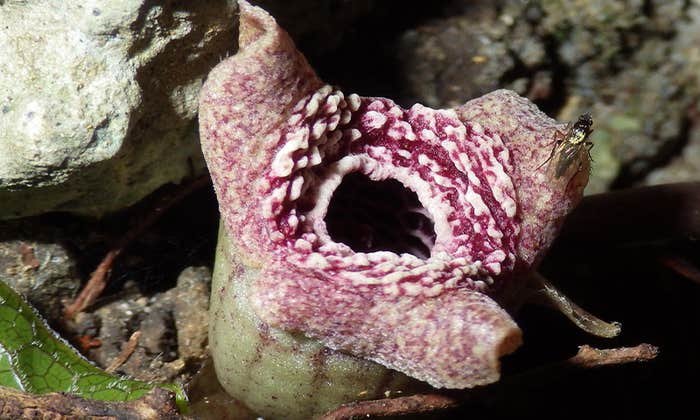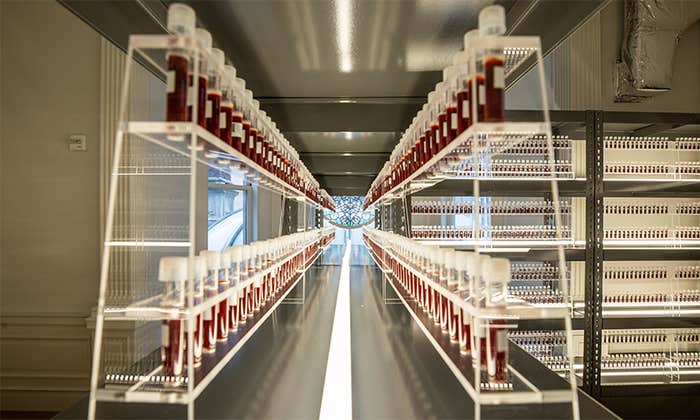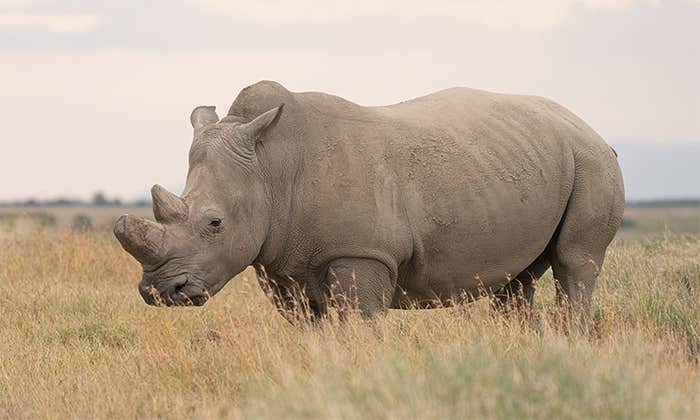A few years ago, molecular biologists Jennifer Doudna and Emmanuelle Charpentier, along with a team of researchers at the University of California, Berkeley, were the first to file a patent for CRISPR-Cas9. It’s a DNA-editing technology adapted from the prokaryote immune system. Cas9 is a protein that can seek out and “cut” targeted gene strands with unprecedented ease and precision, allowing for customizable DNA. “It could allow us to cure genetic disease,” Doudna recently told an audience at a TED conference, in London.
But half a year after her and Charpenteir’s patent claim, another group, with ties to the Massachusetts Institute of Technology and Harvard, filed an expedited claim and ended up winning the patent the next year. Feeling cheated, the Doudna and Charpentier team requested the U.S. Patent Office investigate both parties’ claims.
The ensuing legal battle, which began this January, has tremendous implications. Whoever owns CRISPR, in many ways, controls gene-editing technology and the hundreds of millions of dollars in profits it promises. But in the midst of this debate, perhaps a more fundamental one is taking place—whether some of CRISPR’s future products, like customized DNA, qualify as copyrightable entities.
Chris Holman, a professor at the University of Missouri Law School, says they do, just like works of art, literature, and software. “The law has come to accept a coded set of instructions as a copyrightable ‘literary work,’” he says. “An engineered DNA sequence is likewise a set of written instructions directed toward a [biological] machine, which directs that machine to perform a series of functions.” If a computer program is a ballad written in binary, it seems, then engineered DNA is a quatrain in nucleotides.
But Dan Burk, a professor of intellectual property law at the University of California, Irvine, disagrees. “Courts struggled for 25 years to find code-related things that were applicable under copyright. Finally, they gave up,” says Burk. “If you adopted Holman’s analogy and tried to put DNA into the copyright system, I’d expect the same results: One, you wouldn’t get adequate legal protection; two, it would be a headache to figure out for the courts; and three, copyright protections last really long—120 years—which is another reason it’s a bad idea for something like DNA. Why would you want to put a 120-year term on something changing really fast?”
Nautilus caught up with Burk to chat about how U.S. law is trying to make sense of the rapidly advancing field of gene editing.
Should DNA sequences be patented?
The Supreme Court said genetic sequences that could come out of a cell aren’t eligible to patents, because they’re too similar to what occurs in nature. On the other hand, they said that synthetic types of sequences created in a laboratory, cDNA sequences, are eligible for patents. You have to show that it’s new, useful, has some utility, and most importantly, that it’s somehow inventive—a step forward from the technology that you had in the past. Then you’re entitled to a patent that lasts 25 years.
What’s happening with CRISPR, and what’s happened in the past with other biological tools, is that researchers are seeking patents over basic materials. They discovered something that happens in nature, proteins that guide the basic tools that enable you to do basic editing. They’ll try to get a patent on the process. That’s the most fundamental thing. That’s what the current patent fight is about. Then, presumably, they’ll license that, and make it available to researchers who want to do the editing.
The sky’s the limit with basic tools. It’s like patenting a hammer. What will people build with it? Some cool stuff.
Should some of that cool stuff, like customized DNA, be copyrighted?
The strongest case that could be made for it, which a couple of people resurrected recently, is that Congress made a decision around 1978 that we should put software in the copyright system. But that was a complete disaster. Copyrights are intended for artistic works, things that are aesthetic, not things that are functional like software—a machine built out of text, or code. What brought Congress to bring it under copyright is the argument that code is like a literary work, along with novels and poems.
The reality is, it’s not. You don’t write code to be beautiful, you write it to be functional. Some programmers talk about code that’s elegant. You really write code so it uses the least amount of memory, and is efficient. Somebody recently said to my friend Pam, “Let’s put synthetic biology into the copyright act.” She did a face palm: “Oh god, please not again. It took us 25 years to figure out the software thing.”
If not copyright law, then what?
Petty patents. The petty patent is a level lower than the patent; it’s faster, you don’t have as long of a protection period. If you’re in an area that’s changing very rapidly, like software, it makes sense to have petty patents—except they’ve been tried a couple of times in the past, and it’s been a disaster. The poster child was the semiconductor chip protection act, (SCPA), which Congress passed in the late ‘80s. The government created a law specifically crafted for the industry of semiconductor design, a variation on copyright law. That’s still on the books. It was passed in ‘87 or ‘88, and since that time, there have been two recorded cases of somebody enforcing their rights under that law. [Laughs.]
Why so few cases?
Even before the president signed the bill into law, the technology was obsolete. Nobody uses it anymore. There’s nothing to steal. That’s why patent law, as opposed to copyright, works well; it is a general statute that protects any kind of innovation. The danger of creating a new form of intellectual property law is that in five years, ten years, especially in a fast-moving field, it won’t be relevant anymore. Congress can’t foresee where the technology is going to go.
You can already see that’s probably the case with biotechnology. Nobody expected CRISPR was going to happen five years ago. People always tend to fall back on the patent system. That’s what they’re doing now.
Is there any legal sanction on creating genetically superior humans?
You know, there is and there isn’t. Let’s start with something that’s not very controversial. Suppose you could use current technology or maybe the new gene-editing technology to help diabetics. They don’t produce insulin, so you could put a new insulin gene into their cells. There are big ethical questions surrounding that. It’s not quite as ethically questionable if you do it in somatic cells, non-gametes. You still have to go through regulatory requirements, but it’s more like giving people medicine.
If you want to change things at the gametic level—zygotes, eggs—that’s more controversial, because it’s changing people in ways that will affect subsequent generations. But it’s not actually illegal in the United States. You could do it in a private lab, if you had enough money, theoretically. I mean, Trump could be doing it somewhere, with his own money.
Susie Neilson is an editorial fellow at Nautilus. Follow her on Twitter @schmeilson.


























